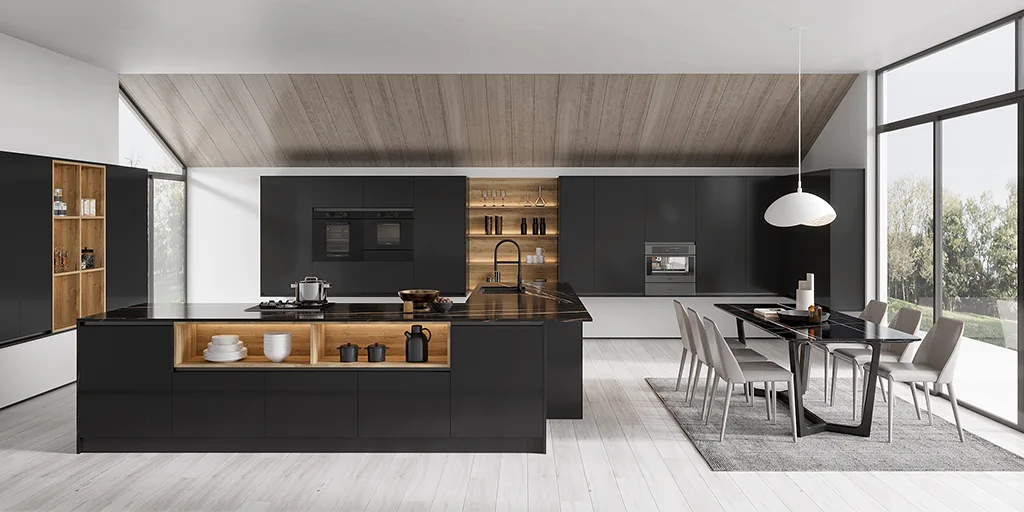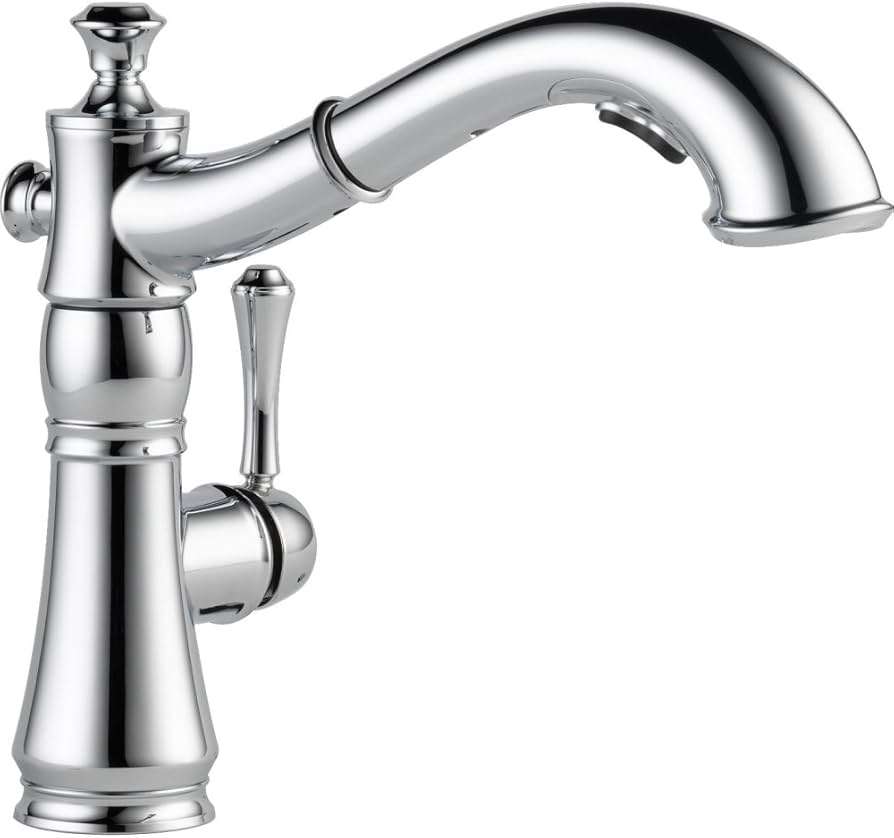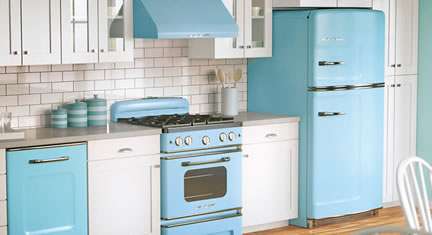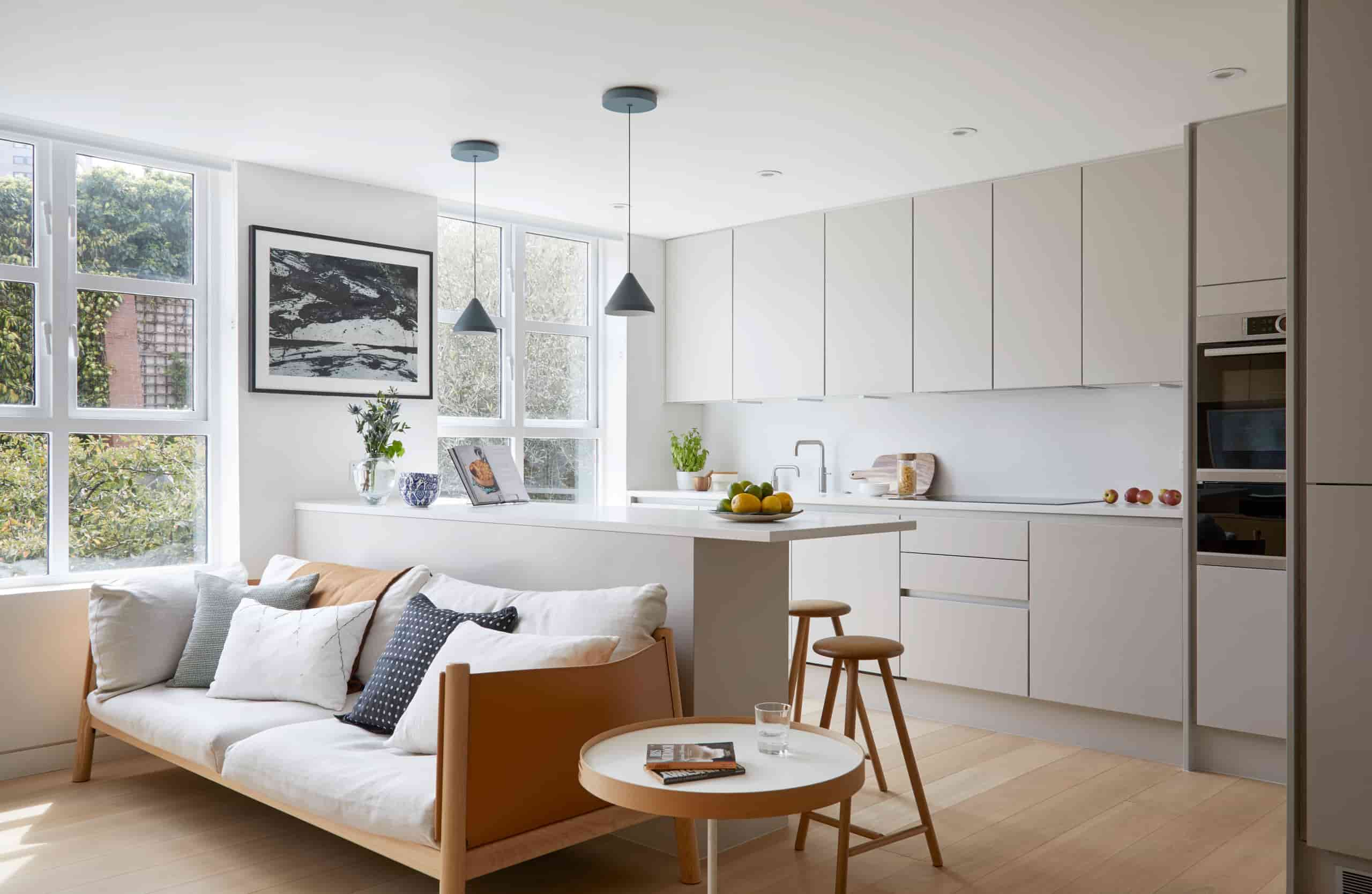The strategic integration of kitchen cabinets around a refrigerator is a crucial element in achieving both aesthetic appeal and functional efficiency in any kitchen space. Thoughtful **kitchen cabinets design around refrigerator** installations goes beyond mere placement; it involves careful consideration of dimensions‚ accessibility‚ and the overall flow of the kitchen. Proper design ensures that the refrigerator is seamlessly integrated into the cabinetry‚ creating a cohesive and visually pleasing environment. This integrated approach not only enhances the kitchen’s appearance but also optimizes storage and workflow‚ making everyday tasks more convenient.
Optimizing Space and Functionality
When planning your **kitchen cabinets design around refrigerator**‚ several key factors need careful consideration to maximize space and functionality:
- Refrigerator Size and Type: Accurately measure your refrigerator’s dimensions‚ including height‚ width‚ and depth. Consider whether it’s a standard‚ counter-depth‚ or built-in model‚ as this will significantly impact cabinet design.
- Cabinet Depth and Placement: Standard base cabinets are typically 24 inches deep. To create a flush‚ built-in look‚ you may need to use deeper cabinets or adjust the placement of surrounding units.
- Adequate Ventilation: Ensure sufficient space around the refrigerator for proper ventilation. Overheating can reduce its efficiency and lifespan. Consult your refrigerator’s manual for specific ventilation requirements.
Design Considerations for Seamless Integration
Achieving a seamless and aesthetically pleasing integration of the refrigerator within your kitchen cabinetry requires attention to detail. Here are some design considerations to keep in mind:
Panel-Ready Refrigerators
Panel-ready refrigerators allow you to install custom cabinet panels that match the surrounding cabinetry‚ creating a truly built-in appearance. This option provides the most seamless integration and allows for complete customization.
Creating a Frame
If you’re not opting for a panel-ready refrigerator‚ you can still create a framed enclosure using standard cabinets. This involves building a cabinet structure around the refrigerator‚ leaving enough space for ventilation and access. The goal is to make the refrigerator look like an intentional part of the overall design rather than an afterthought.
Color and Material Coordination
Pay attention to the color and material of your cabinets and ensure they complement the refrigerator. Neutral colors and timeless materials like wood and shaker style doors are classic choices that work well in most kitchens. Consider the refrigerator’s finish (stainless steel‚ black‚ white) and select cabinet hardware that complements it.
Comparative Table: Refrigerator Cabinet Design Options
| Option | Pros | Cons | Cost |
|---|---|---|---|
| Panel-Ready Refrigerator with Custom Panels | Most seamless integration‚ fully customizable | Highest cost‚ requires professional installation | High |
| Framing with Standard Cabinets | More affordable than panel-ready‚ allows for some customization | May not be as seamless as panel-ready‚ requires careful planning | Medium |
| No Special Treatment (Refrigerator Standalone) | Lowest cost‚ simplest installation | Least aesthetically pleasing‚ may disrupt kitchen flow | Low |
Ultimately‚ the best **kitchen cabinets design around refrigerator** depends on your budget‚ aesthetic preferences‚ and functional needs. Careful planning and attention to detail will result in a kitchen that is both beautiful and efficient.






